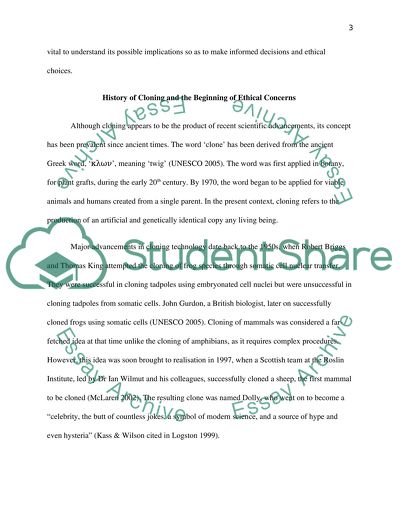Cite this document
(“The Science of Cloning & The Ethical Issues Associated With It Essay”, n.d.)
Retrieved from https://studentshare.org/health-sciences-medicine/1395356-the-science-of-cloning-the-ethical-issues-associated-with-it
Retrieved from https://studentshare.org/health-sciences-medicine/1395356-the-science-of-cloning-the-ethical-issues-associated-with-it
(The Science of Cloning & The Ethical Issues Associated With It Essay)
https://studentshare.org/health-sciences-medicine/1395356-the-science-of-cloning-the-ethical-issues-associated-with-it.
https://studentshare.org/health-sciences-medicine/1395356-the-science-of-cloning-the-ethical-issues-associated-with-it.
“The Science of Cloning & The Ethical Issues Associated With It Essay”, n.d. https://studentshare.org/health-sciences-medicine/1395356-the-science-of-cloning-the-ethical-issues-associated-with-it.


